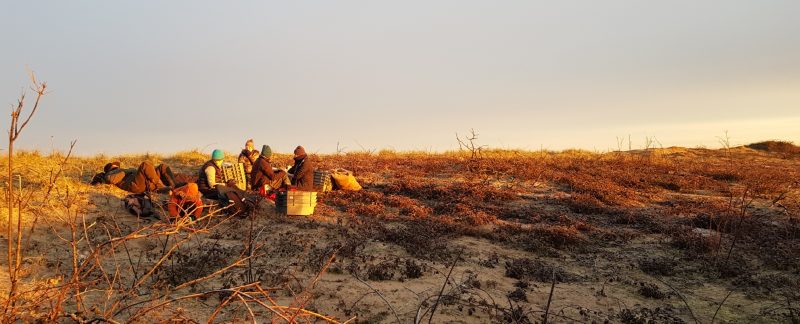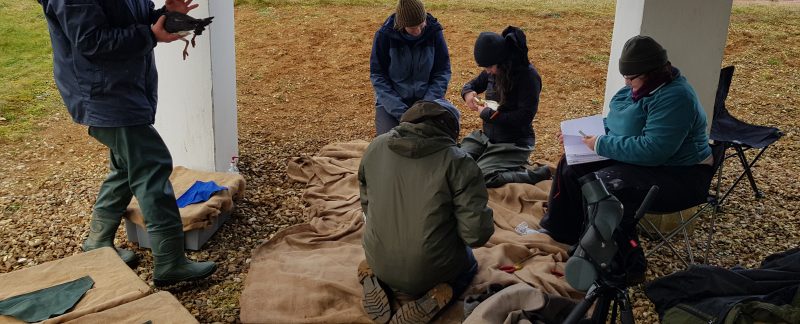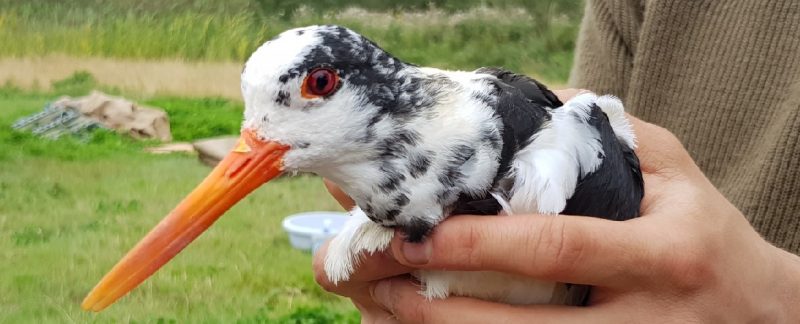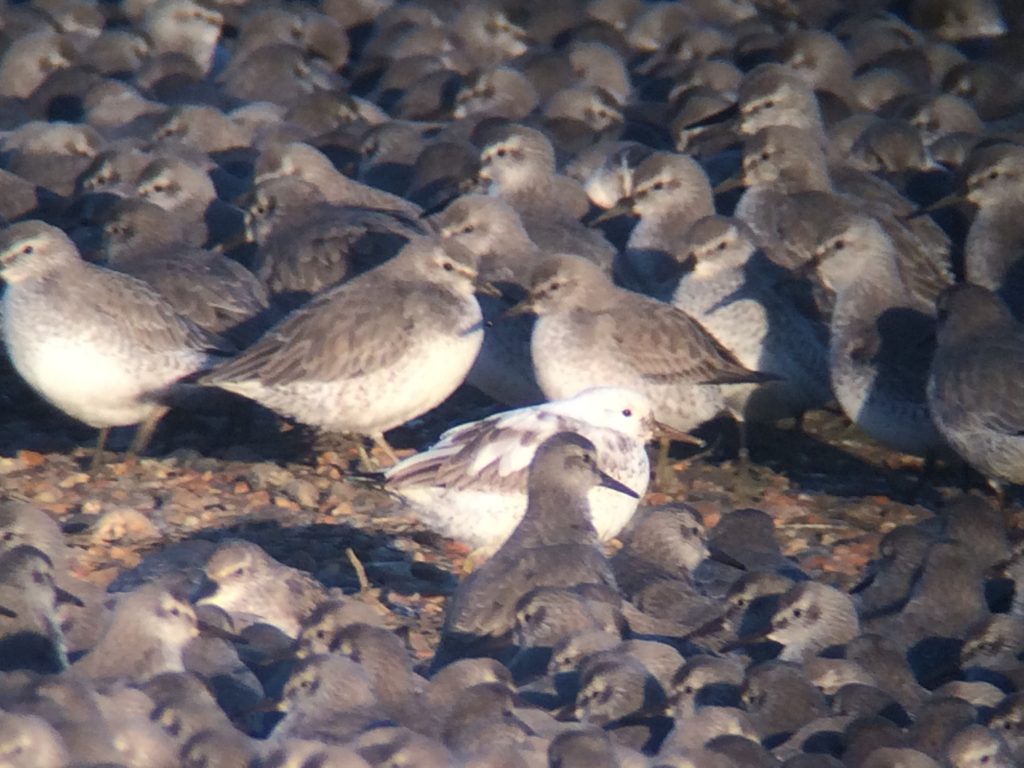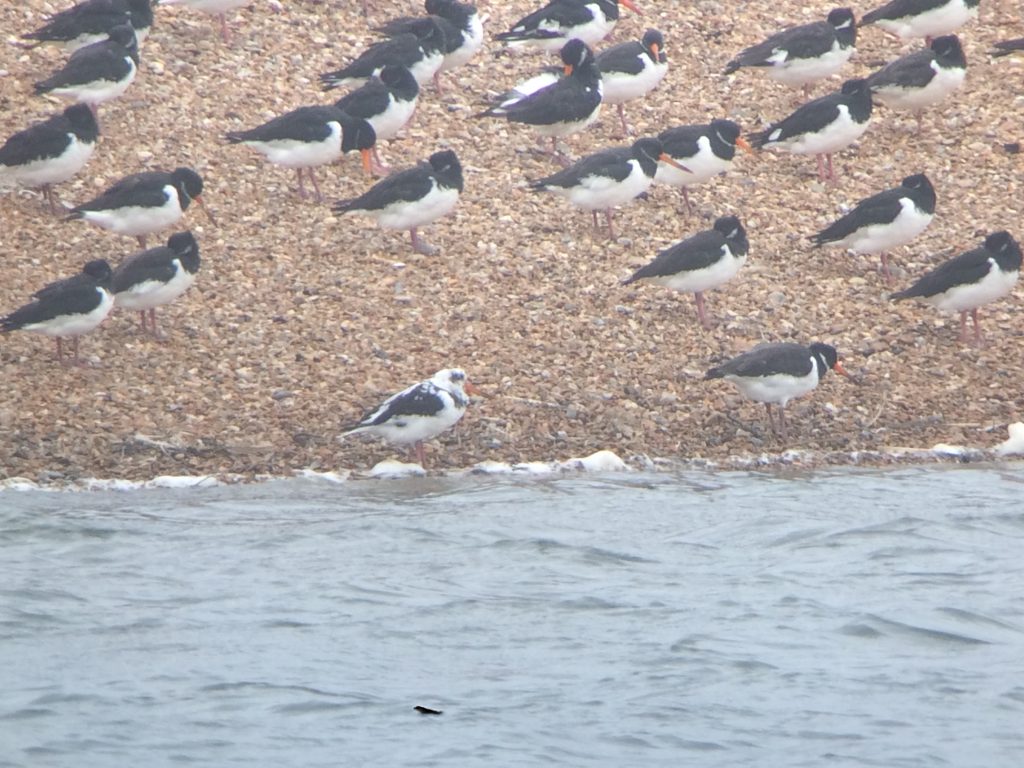Friday 31 January
The trip kicked off with a number of team members arriving early, allowing for resighting and a recce on the Friday morning tides. Lys and Cathy checked Heacham North North, North and South beaches and Hilary investigated Snettisham whilst Nigel and Richard went to recce Sailing Club Bay, finding roughly 2,500 –3,000 Oystercatchers roosting. Very promising for a good catch! In the afternoon the net-setting team consisting of Nigel, Richard, Molly, Jerry, Cathy, Lys, Hilary and the Film Crew went to Sailing Club Bay, setting both a full and half large-mesh net with the camera crew preparing for the following morning. Cathy kindly led the cooking of dinner for the evening so the later arriving team could have a lovely meal before an early night.
Continue Reading →


